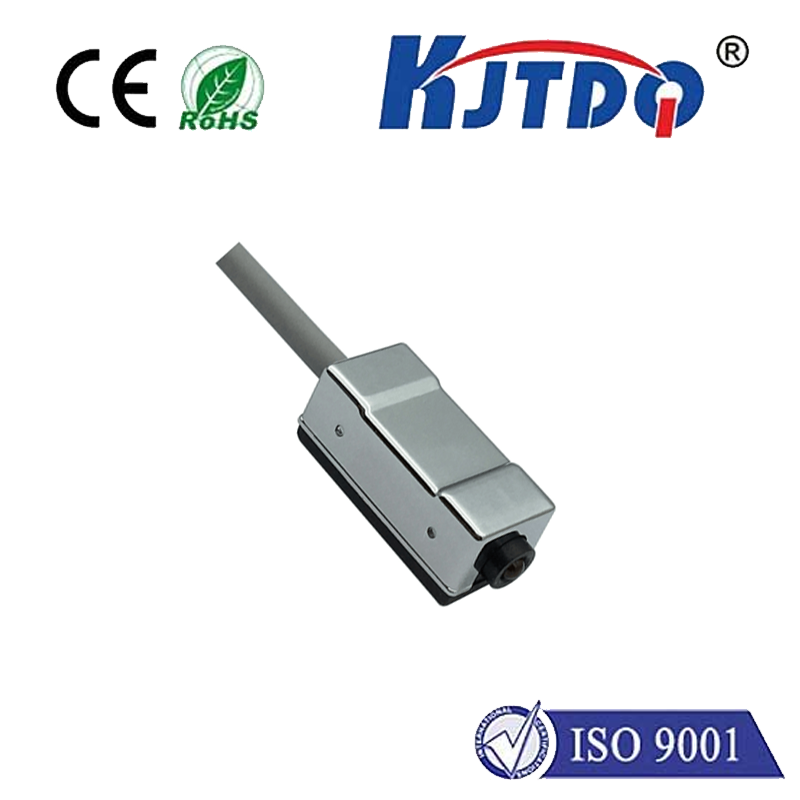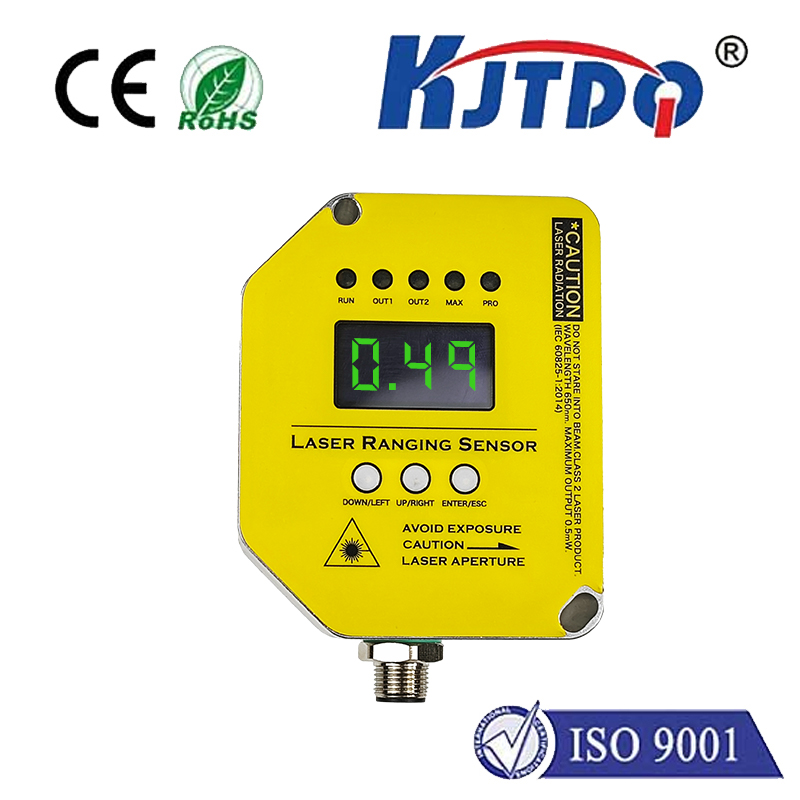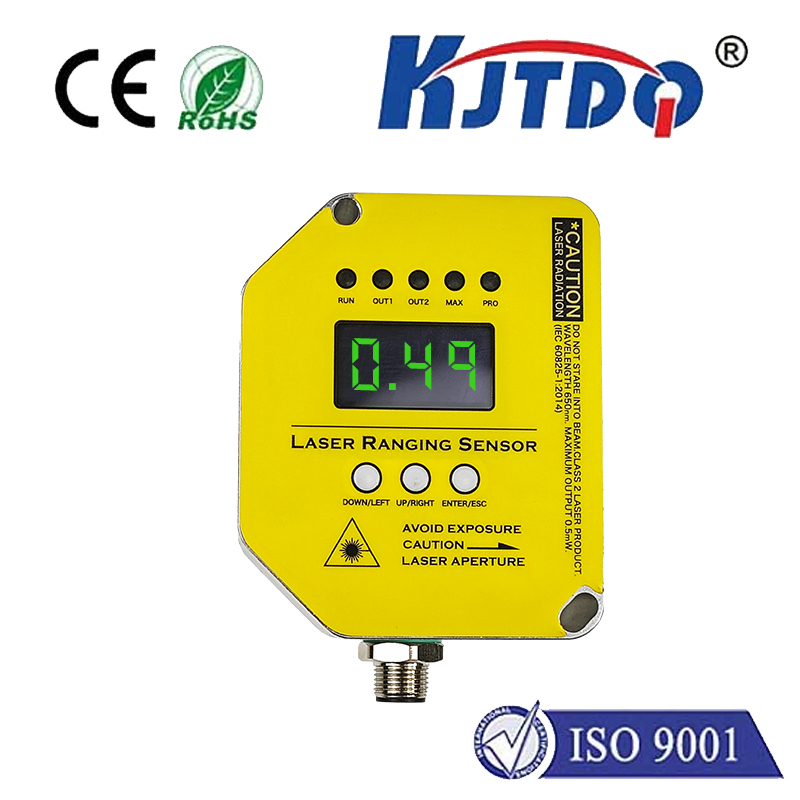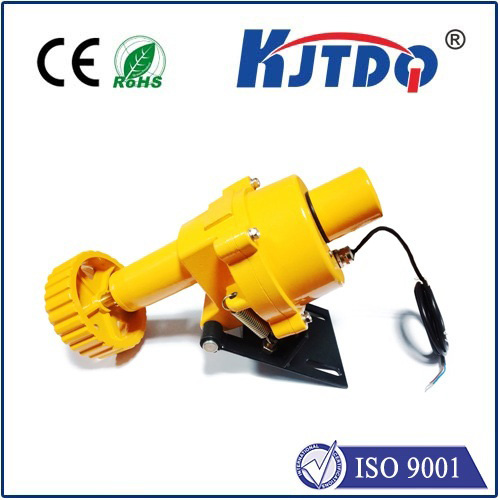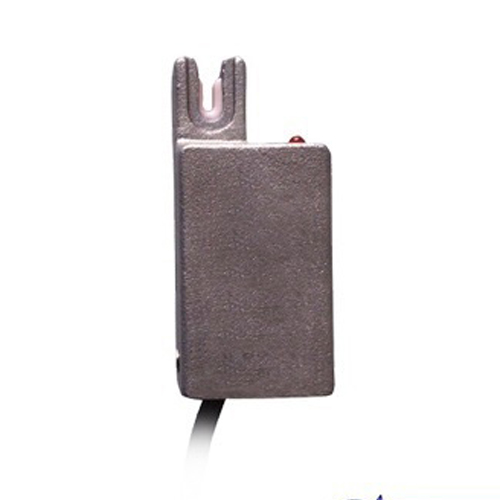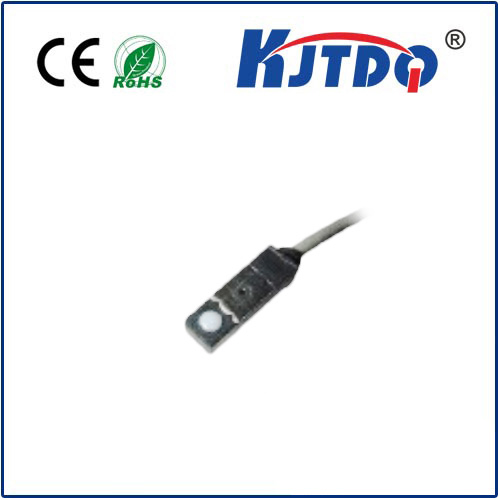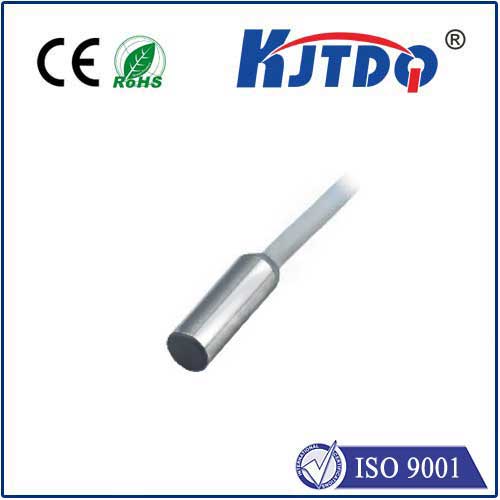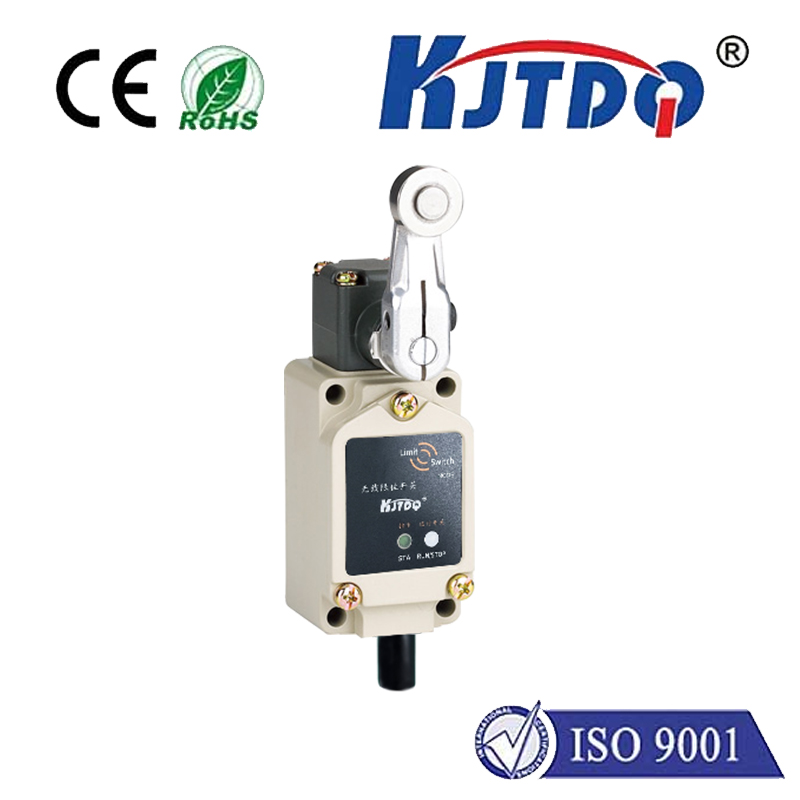wireless proximity sensor
- time:2025-06-12 18:25:16
- Click:0
Wireless Proximity Sensors: The Invisible Guardians of Automation & Safety
Ever wonder how your smartphone screen magically turns off during a call? Or how warehouse doors slide open effortlessly as a forklift approaches? The silent orchestrator behind these seamless interactions is often a wireless proximity sensor. These unassuming devices are rapidly transforming how we detect presence, monitor movement, and enhance safety across countless industries, liberating systems from the constraints of wires.
What Exactly is a Wireless Proximity Sensor?
At its core, a proximity sensor detects the presence (or absence) of an object within a specific range without physical contact. Traditionally, these sensors were connected via cumbersome wiring to control systems. A wireless proximity sensor, however, eliminates this physical tether. It incorporates a sensing element (using technologies like infrared, ultrasonic, capacitive, or radio frequency) and a wireless communication module (like Bluetooth Low Energy (BLE), Wi-Fi, Zigbee, LoRaWAN, or proprietary RF) to transmit detection data.
The Compelling Shift: Why Wireless Wins
The migration from wired to wireless proximity sensors isn’t just a trend; it’s driven by tangible, significant advantages:

- Dramatically Simplified Installation & Deployment: Eliminating complex wiring runs drastically cuts installation time and cost. Sensors can be placed almost anywhere – on moving machinery, within tight spaces, or across large open areas – without the logistical nightmare and expense of conduit and cabling. Retrofitting existing systems becomes significantly easier.
- Enhanced Flexibility & Scalability: Need to reconfigure a production line? Add new monitoring points? Wireless proximity sensor networks adapt effortlessly. Adding, moving, or removing sensors is a breeze compared to modifying wired infrastructure, making systems inherently more agile.
- Cost Savings (Beyond Installation): While sensor unit costs might be slightly higher initially, the substantial reduction in wiring, installation labor, and ongoing maintenance (fewer points of failure like damaged cables) delivers a compelling Return on Investment (ROI) over time.
- Reduced Maintenance Downtime: Fewer physical connections mean fewer potential failure points. Wireless designs also often enable remote diagnostics and battery status monitoring.
- Access in Challenging Environments: Wireless sensors excel in environments where wiring is impractical – rotating equipment, hazardous areas, locations requiring high hygiene standards (food & pharma), or across long distances.
- Unlocking Mobility: Wireless proximity sensors enable real-time tracking of assets, personnel, or vehicles equipped with tags within a facility, powering applications like automated guided vehicles (AGVs) and personnel safety systems.
Where Wireless Proximity Sensors Make Their Mark
The applications are vast and continuously expanding:
- Industrial Automation: Machine guarding, object detection on conveyors, automated door control, robotic arm positioning, bin level detection, position feedback for cylinders and actuators. Predictive maintenance becomes feasible by monitoring machine vibration patterns via strategically placed sensors.
- Logistics & Warehousing: Inventory tracking (pallet/crate presence), automated door/gate control, AGV navigation and collision avoidance, location tracking of assets and equipment.
- Smart Buildings: Occupancy detection for lighting/HVAC control, smart restroom monitoring (soap/paper), automatic door activation, security system triggers.
- Retail: Customer flow analysis, interactive displays triggered by presence, smart shelves detecting stock levels, theft prevention at exits.
- Smart Homes: Security systems (window/door sensors), lighting automation, appliance activation (e.g., hands-free faucets).
- Healthcare: Asset tracking (wheelchairs, infusion pumps), patient monitoring (bed occupancy, room entry/exit), hands-free hygiene stations.
Key Technologies Powering Wireless Detection
Understanding the underlying technology helps choose the right sensor:
- Infrared (IR): Detects heat signatures or reflects IR beams. Good for short-range presence detection. Affected by ambient light/temperature.
- Ultrasonic: Emits sound waves and detects echoes. Effective for various materials, even liquids, over moderate distances. Can be affected by temperature or wind.
- Capacitive: Detects changes in an electrostatic field caused by conductive/non-conductive objects. Excellent for material detection through barriers. Requires close proximity.
- Inductive: Specifically detects metallic objects using an electromagnetic field. Industrial workhorse, unaffected by dust/grime. Range limited.
- Radio Frequency (RF): Includes simple RF beams (like garage door safeties) and sophisticated tags/beacons used in Real-Time Location Systems (RTLS). Offers longer ranges and robust operation.
Navigating Wireless Realities: Challenges & Solutions
While powerful, wireless proximity sensors come with considerations:
- Power Management: Battery life is paramount. Strategies include ultra-low power designs, efficient wireless protocols (like BLE), motion-activated sensing, and advanced power management circuitry. Energy harvesting (solar, vibration) is an emerging solution.
- Wireless Interference: Found in crowded RF environments. Careful protocol selection (e.g., frequency hopping in Bluetooth), robust error-checking, and proper network design mitigate this.
- Range Limitations: Governed by protocol, power, and environment. Solutions involve mesh networking (where sensors relay data), strategically placed gateways, or repeaters.
- Security: Wireless transmissions need protection. Look for sensors with built-in encryption (like AES-128) and secure authentication protocols to prevent unauthorized access or data tampering.
- Latency: Transmission time can introduce slight delays. For most proximity detection tasks, modern protocols offer sufficiently low latency. Critical high-speed control might still favor wired solutions.
Choosing the Right Wireless Proximity Sensor
Selecting the optimal sensor involves evaluating:
- Detection Range & Type: What object needs detecting, from how far, and under what conditions (material, environment)?
- Required Data: Simple presence/absence? Or distance measurement?
- Wireless Protocol: Does it need integration with existing systems (Wi-Fi/BLE)? Or long-range/low power (LoRaWAN)? Need a mesh network (Zigbee)?
- Power Source: Battery life expectations? Is energy harvesting feasible? Is wired power an option?
- Environmental Factors: Temperature extremes? Humidity? Dust? Explosive atmosphere (requiring intrinsically safe sensors)? IP rating?
- Security Needs: Level of encryption required?
- Cost & Scalability: Total system cost including gateways? Ease of adding more sensors?
The Future is Untethered
Wireless proximity sensors represent a fundamental leap forward in sensing technology. By shedding the limitations of wires, they enable unprecedented flexibility, scalability, and cost-efficiency across automation, safety, and monitoring applications. Advances in low-power design, wireless protocols, battery technology, and energy harvesting are continuously pushing the boundaries. As Industrial IoT (IIoT) ecosystems mature, the integration of wireless proximity sensors providing critical real-time data will be indispensable for creating smarter, safer, and more efficient environments from the factory floor to our living rooms. Their invisible vigilance is a cornerstone of the automated future.












